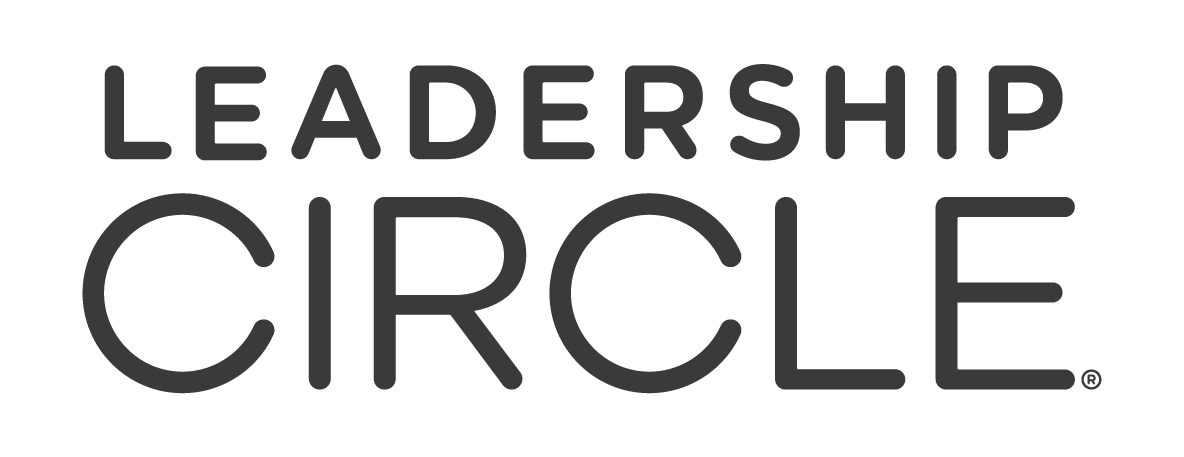Change demands adaptability, whether driven by technological advancements, market shifts, or regulatory updates. For professionals and entrepreneurs, mastering the art of goal setting in such fluid environments is crucial. This blog post explores how to adapt and thrive by setting flexible and resilient goals.
The Challenge of Change in Business
Navigating Technological Shifts
Technological advancements can rapidly alter business landscapes. From AI-driven automation to new software solutions, keeping up requires continuous learning and adaptation. Organizations must frequently reassess their goals to stay competitive.
Regulatory Changes and Compliance
Regulatory changes can be sudden and impactful. Businesses must stay informed and be ready to pivot quickly to maintain compliance. Understanding the regulatory environment is essential for setting achievable and compliant goals.
Market-Driven Transformations
Market trends can shift due to consumer behavior, economic conditions, or global events. These changes can create opportunities or challenges that necessitate a reevaluation of business objectives.
Principles of Adaptive Goal Setting
Flexible and Agile Frameworks
Rigid goals can hinder progress in a changing environment. Instead, adopt flexible and agile frameworks that allow for adjustments as new information and circumstances arise. This approach helps maintain momentum and relevance.
Techniques for Setting Adaptable Goals
Scenario Planning: Develop multiple potential scenarios and plan for each. This prepares your organization for various outcomes.
Contingency Strategies: Always have a Plan B (and C). Consider what could go wrong and how you’ll address it.
Regular Reviews: Schedule regular goal reviews to assess progress and make necessary adjustments.
Communication Strategies for Effective Transition
Transparency in Communication
Clear and transparent communication is vital during transitions. Keep your team informed about changes and the reasons behind them. This builds trust and fosters a collaborative environment.
Maintaining Team Morale and Alignment
Change can be unsettling. Maintain morale by involving your team in the goal-setting process and emphasizing their role in achieving new objectives. Celebrate small wins to keep spirits high.

Practical Tips for Communication
Consistent Updates: Regularly share detailed progress reports, milestones, and any changes in project direction with the team. These updates should include key accomplishments, upcoming tasks, and potential challenges. By doing this, you keep everyone aligned, minimize misunderstandings, and ensure that no one is left in the dark.
Transparent Communication Channels: Cultivate an open and transparent communication environment where team members feel safe to express their thoughts, ask questions, and voice concerns. This can be achieved by holding regular team meetings, offering open-door policies, and using collaborative tools like Slack or Microsoft Teams. Encourage two-way communication, where not only information is disseminated from the top down, but feedback and insights are also welcomed from all levels of the team.
Active Feedback Loops: Implement structured feedback loops to consistently gauge the team’s morale, satisfaction, and overall sentiment. This could involve regular one-on-one check-ins, anonymous surveys, or retrospectives after key milestones. By actively seeking and acting on feedback, you demonstrate that you value your team’s input and are committed to continuous improvement. This approach not only helps in identifying potential issues early but also empowers your team by making them feel heard and involved in decision-making processes.
Leveraging SWOT Analysis
SWOT analysis (Strengths, Weaknesses, Opportunities, Threats) is a powerful tool for assessing your current position and identifying areas for adjustment. Regular SWOT analysis ensures your goals align with current realities.

Get Started with Adaptive Goal Setting
Successfully navigating the complexities of business in the 2020s demands the flexibility to adapt, the resilience to overcome obstacles, and the foresight to anticipate change. By deeply understanding the impact of change, embracing adaptive goal-setting principles, and utilizing robust communication strategies, you can steer your organization confidently through uncertain and dynamic environments.
At Leadership Circle, we specialize in helping leaders like you develop the skills needed to lead with agility and confidence. Our leadership development programs and workshops are designed to empower you to not only set but also achieve your goals, even in the face of change. Explore our offerings to find the tools and insights you need to lead your team to success, no matter what challenges lie ahead.


 Image Source: Blue Beyond
Image Source: Blue Beyond


